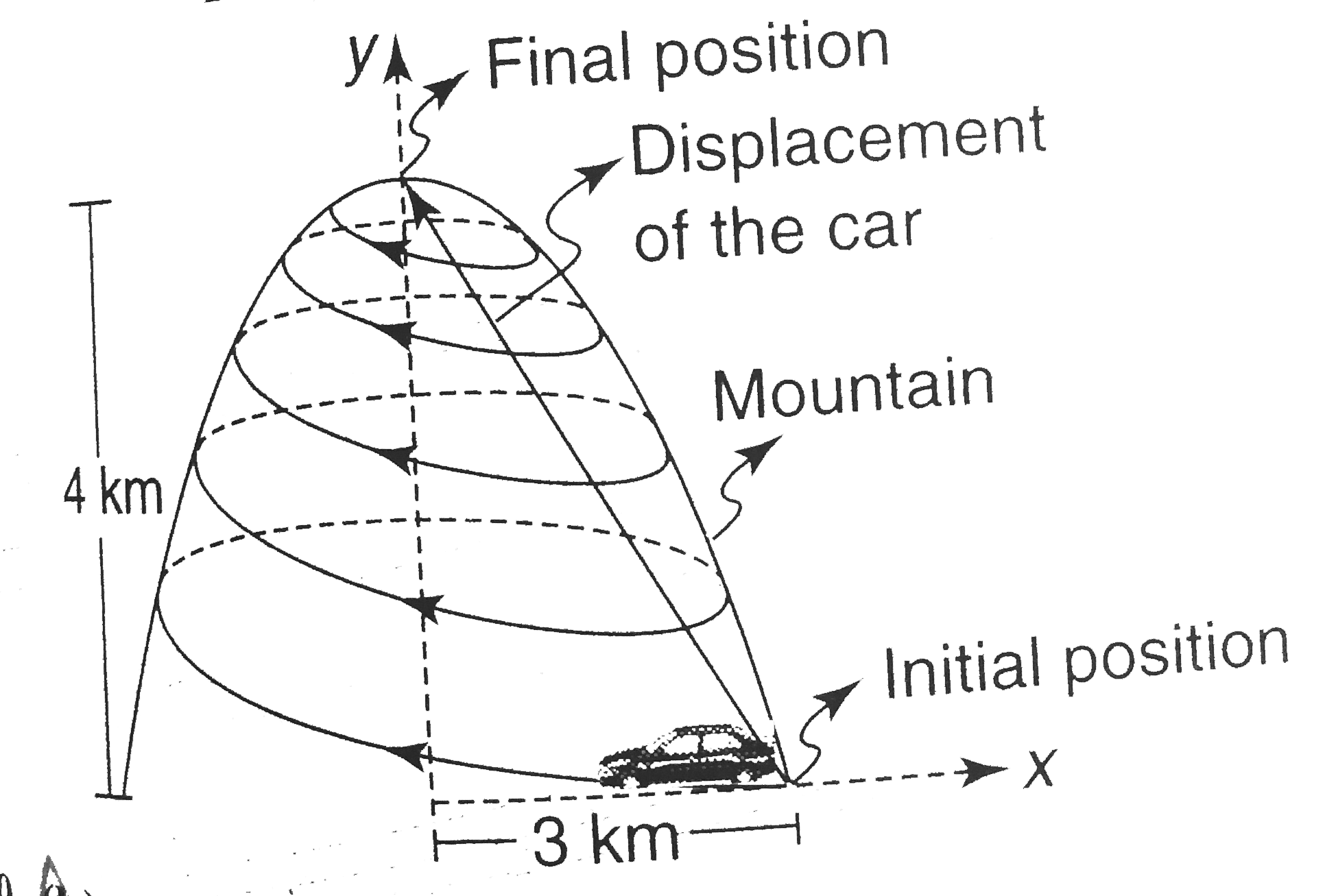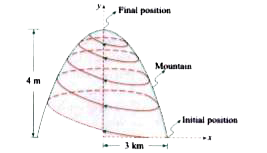In previous question, his displacement vector during the journey is :
A
(−3ˆi+4ˆj)km
B
3 km
C
5 km
D
none of these
Video Solution
Text Solution
The correct Answer is:A
Displacement vector is (−3ˆi+4ˆj)km

|
Topper's Solved these Questions
- GENERAL KINEMATICS AND MOTION IN ONE DIMENSIONBook:A2ZChapter:GENERAL KINEMATICS AND MOTION IN ONE DIMENSIONExercise:Motion With Constant Acceleration
Explore 30 Videos
- GENERAL KINEMATICS AND MOTION IN ONE DIMENSIONBook:A2ZChapter:GENERAL KINEMATICS AND MOTION IN ONE DIMENSIONExercise:Motion Under Gravity
Explore 30 Videos
- FLUID MECHANICSBook:A2ZChapter:FLUID MECHANICSExercise:Chapter Test
Explore 29 Videos
- GRAVITATIONBook:A2ZChapter:GRAVITATIONExercise:Chapter Test
Explore 29 Videos
Similar Questions
Knowledge Check
A displacement vector is a
Achange in positionBvelocityCscalarDdistance without directionIn the previous question,
Avelocity of B, observed by F (relative to itself), is equal to 4.25ms−1Bvelocity of B, observed by F (relative to itself), is equal to 6ms−1Cvelocity of B, observed by F (relative to itself), is equal to 5.50ms−1Dvelocity of B, observed by F (relative to itself), is equal to 4.50ms−1In the previous question,
AW1+W2=W3+W4BW1+W3=W2+W4CW1+W4=W2+W3DW1+W2+W3=W4
Tsetan’s support to the author during the journey.
View SolutionIn the previous question
View SolutionMr. Verma drives his car at uniform speed from bottom of a mountain to the top in 30 minutes along a helical path as shown.

At the beginning the speedometer of his car shows 6225 km, while on reaching the top it reads 6285 km. (Take upward as positive y-axis and positive x-axis towards right)
His displacement vector during the journey is
View SolutionIn Q.28, the average velocity during the journey is :
View SolutionIn previous question, the horizontal displacement (from the foot of the tower) of the ball is approximately equal to
View Solution